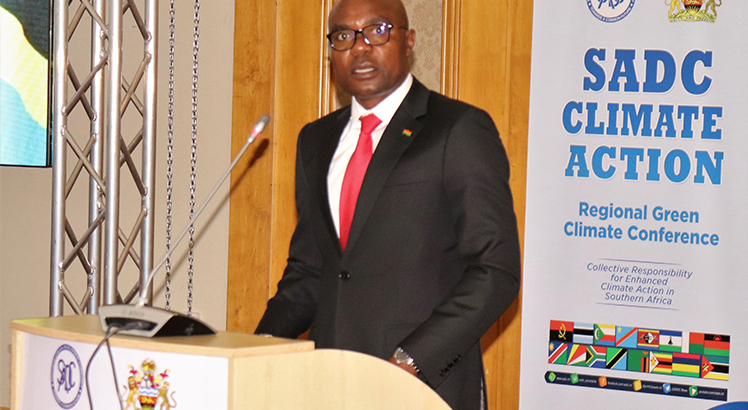Stop parading ignorance in public
Malawi has been classified as one of the poorest countries in the world based on different variables. Be it Gross Domestic Product (GDP), Gross National Product (GNP) or Human Development Index (HDI).
Now talking about HDI, this basically measures a country in terms of general development, and not only economic. The other variables used in calculating HDI as an indicator include people’s level of knowledge. UNDP describes the Human Development Index as a summary measure of average achievement in key dimensions of human development: a long and healthy life, being knowledgeable and having a decent standard of living.
I have to be frank here, one thing that is annoying about most Malawians in general is that despite most people’s low level of knowledge, most Malawians will most of the times pretend to know and will hardly listen to people who are already in the know. Now, do we have to wonder why our HDI ranking is low? And, low level of knowledge, is a major precursor of poor health status. It’s so complicated a situation for Malawi and I am not sure when we will get out of this. Why? Because the more government and other agencies try to civic-educate the masses, the more people seem not to want to hear and learn and improve their knowledge.
This situation becomes serious if the culprits are people who are in some sort of civil society organisations and would want to make noise whenever an issues bordering around what they seem to be advocating for comes out, especially if government is part of the advocates.
To me, as a professional environmental health scientists, educationist, consultant and critic, and having studied environmental toxicology at all levels of my education, there are many groups who pretend to know what is coming out of their heads. In the article published in Daily Times of Monday October 19th entitled “Indian Hemp debate irks Drug Fight Malawi”, an organisation is against Malawians, including government debating about growing “industrial Hemp” for economic development of the country. Truly the debate is about ‘industrial Hemp” yet these guys think people are debating about “Indian hemp”. It’s like blaming people for purportedly eating goat meat, yet what they are eating is lamb (sheep meat).
I have written two full articles on this column trying to educate the masses on the difference between Indian Hemp commonly known as Chamba and Industrial Hemp which has no Chichewa name because it has never existed in Malawi before.
Facts of the matter are that Industrial hemp and Indian Hemp also called Marijuana or Chamba are two scientifically different plants. Indian Hemp is a documented environmental hazard but not industrial hemp.
Industrial Hemp contains only about 0.3 percent – 1.5 percent THC (Tetrahydrocannabinoids, the intoxicating ingredients that make you high) while the marijuana people smoke contains about 5 percent – 10 percent or more of Tetrahydrocannabinoids. In order to get a buzz, one would need to smoke 10 or 12 industrial hemp cigarettes over a very short period of time”.
This is just an excerpt from two previous articles I have written on the same, published previously on this column. Consult the editor for previous copies and make sure as a grouping, especially your leadership, should read extensively on subjects before commenting on them. You are unnecessarily exposing your ignorance in public.






I wouldn’t classify knowing the distinction between Indian hemp and industrial hemp as something warranting a lot of refined knowledge. Any idiot on the street can surely grasp that! Ulibe khani.